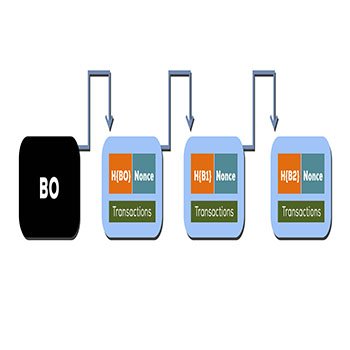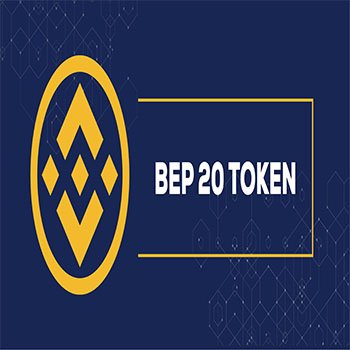Automated Market Maker
What Is An Automated Market Maker (AMM)?

What Is Automated Market Maker
Investment
Ethereum and other smart contract systems, such as Binance Smart Chain, have experienced a surge in interest in decentralized finance (DeFi). Yield farming has become a popular method of token distribution, tokenized BTC is gaining popularity on Ethereum, and the number of flash loans is increasing.
Automated market maker protocols like Uniswap often see high volumes, liquidity, and an increasing number of users. A decentralized exchange (DEX) protocol that uses a mathematical formula to price assets is known as an automated market maker (AMM). Assets are priced according to a pricing algorithm rather than using an order book like a standard exchange. Traditional market-making typically works with large organizations with intricate plans. On an order book exchange like Binance, market makers help you get a decent price and a tight bid-ask spread. Automated market makers decentralize the process, allowing anybody to start a blockchain market.
How Does An Automated Market Maker (AMM) Work?
There are trading pairs in an AMM, just like there are on an order book exchange — for example, ETH/DAI. To make a deal, however, you do not require a counterparty (another trader) on the other side. You interact with a smart contract instead, which “makes” the market for you. Trades take place directly between user wallets on a decentralized exchange like Binance DEX. On Binance DEX, if you sell BNB for BUSD, someone on the other side of the exchange is purchasing BNB with their BUSD. This is referred to as a peer-to-peer (P2P) transaction.
AMM is a peer-to-peer contracting system (P2C). Trades are conducted between users and contracts; hence there is no need for counterparties in the traditional sense. There are no order types on an AMM because there is no order book. Instead, a formula determines the price you receive for an asset you want to buy or sell. It's worth mentioning, though, that certain future AMM designs may be able to overcome this limitation. The smart contract's liquidity must still be given by users known as liquidity providers (LPs).





